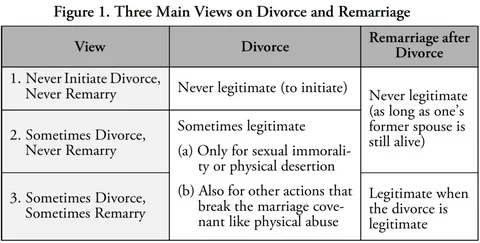Life brings change—whether it’s saying “I do,” parting ways, or welcoming a new child—and each milestone demands updates to estate planning documents. These changes affect more than just feelings; they alter financial and legal responsibilities integral to long-term stability. By addressing key checkpoints, families can stay aligned with their evolving roles and protect their loved ones effectively.
Update Beneficiary Designations Across Accounts and Policies
Beneficiary designations appear on retirement plans, life insurance policies, and even payable-on-death bank accounts. After a marriage, divorce, or new child, those selections may no longer reflect the desired distribution of assets. Failing to update these can sideline will or trust provisions, causing risk in estate planning.
It’s wise to review each account, confirm the desired recipient, and verify that contingent beneficiaries are in place. This step ensures that policies and plans align with the current family structure rather than defaulting to outdated names.
Name a Guardian and Backup for Minor Children
Having a child elevates the need to appoint a legal guardian in your estate plan. Without such designations, courts make decisions by default, possibly placing a child with someone the parents did not intend.
Parents should list both a primary and backup guardian to cover unforeseen events. Including someone trusted and aware of the role helps ensure that care for the minor matches the family’s values and expectations.
Revise Wills and Trusts to Reflect New Family Roles
Marriage merges two lives into one shared financial path—and the will or trust must reflect that. Divorce often triggers the need to remove former partners and reassign assets and decision-makers accordingly. Adding a child elevates planning: who inherits, who manages assets until the child comes of age?
The updated document should incorporate changed roles, name new beneficiaries, and adjust trustees or executors to reflect current wishes. A clearly revised will or trust avoids confusion and conflict among survivors.
Retitle Homes and Key Assets to Match Your Plan
Ownership titles often carry more weight than written documents in probate or estate settlement. After a new child or change in marital status, homeowners may wish to adjust how property is held—joint tenancy, tenancy in common, or sole ownership—with children as beneficiaries.
Retitling vehicles, investment accounts, and real estate ensures asset distribution aligns with the estate plan. This step avoids misalignment where the asset’s title contradicts named beneficiaries or trust terms.
Refresh Powers of Attorney and Healthcare Directives
Life transitions make powers of attorney and healthcare directives especially important. Marriage invites shared decision-making; divorce demands removal of former partners; and a new child often prompts appointment of someone to act in unforeseen events.
Adults should confirm the person they trust to manage finances or healthcare understands the role and remains willing. By updating these documents, families protect themselves against incapacity, ensuring decisions align with current relationships and responsibilities.
Adjust Life Insurance to Cover Dependents and Support
When a child arrives or when marital status changes, the level of life insurance needed can shift dramatically. A policy written years earlier may no longer provide adequate protection for new dependents or joint income.
Parents should recalculate the coverage amount based on current expenses, future education needs, and debt. They then update the policy and verify that beneficiaries reflect the living reality, making sure the policy supports those they care about most.
Appoint or Replace Executors, Trustees and Custodians
Those named as executors in a will or trustees in a trust may not make sense after major life events. For example, divorce may leave a former spouse in a role the family no longer endorses. A new child or blended family may bring preference for a different executor.
Choosing someone with integrity, legal capacity, and willingness is essential. By reviewing and adjusting these names, the estate plan aligns with current dynamics and ensures the administration process supports your intentions.
Document Custody Preferences and Emergency Care Instructions
Parents should put in writing their preferences for child care if they cannot act themselves—this applies especially after the birth of a child. Marriage doesn’t automatically mean both partners have guardianship rights in certain situations, and divorce complicates things further.
Clear emergency care instructions help institutions or courts understand the family’s wishes. Including such documents ensures that routines, health care choices, and emergency responses reflect the parents’ current priorities.
For an individualized review that aligns updated roles with your estate planning strategy, professionals like the firm at Holliman & Holliman in Birmingham, Alabama offer guidance tailored to your needs. Their estate planning attorneys in Birmingham serve families through each life transition, helping update wills, trusts, powers of attorney and all necessary documents for clarity and peace of mind.


